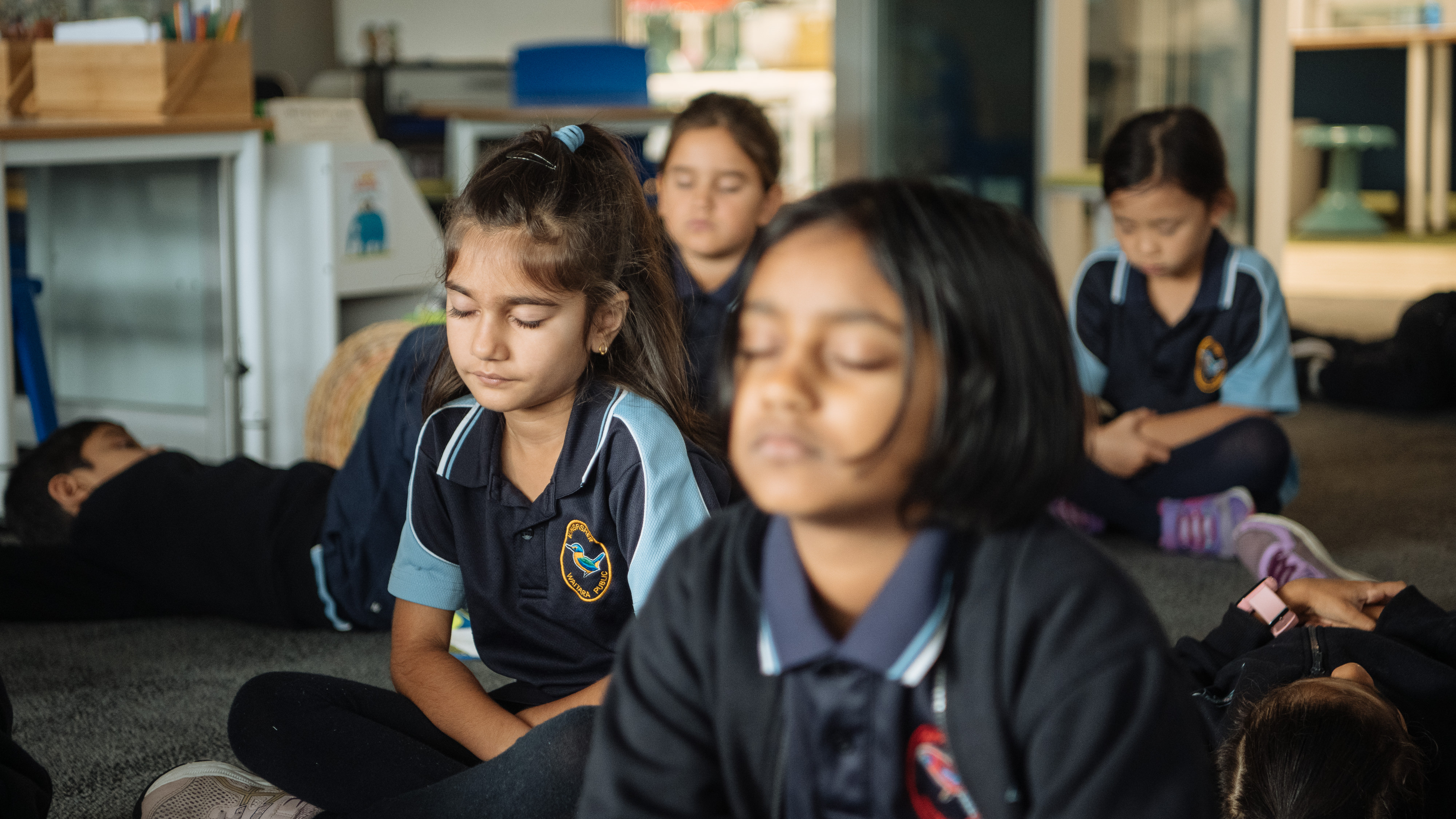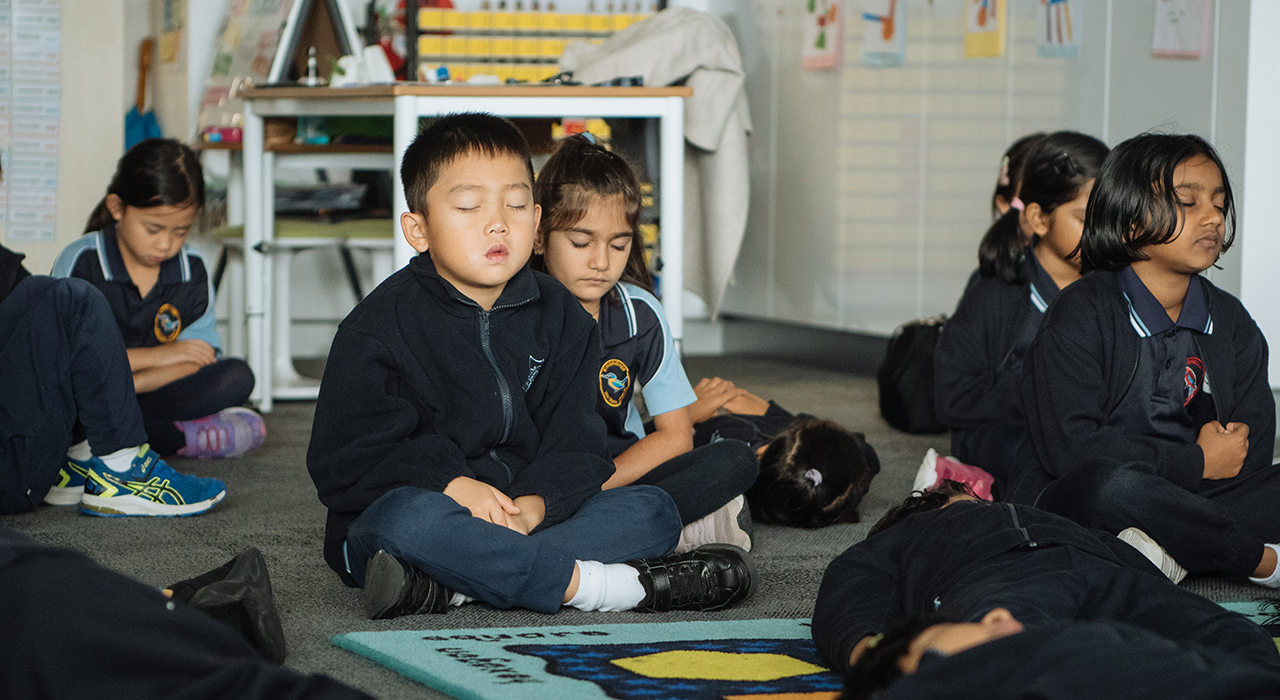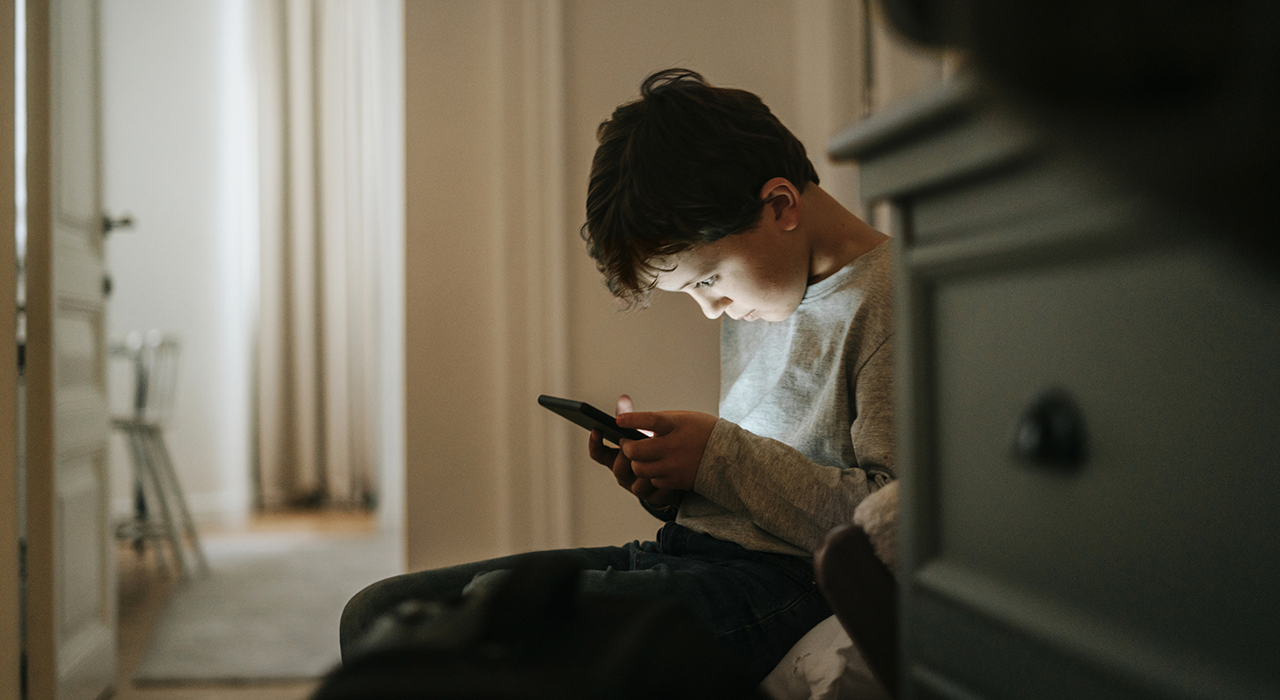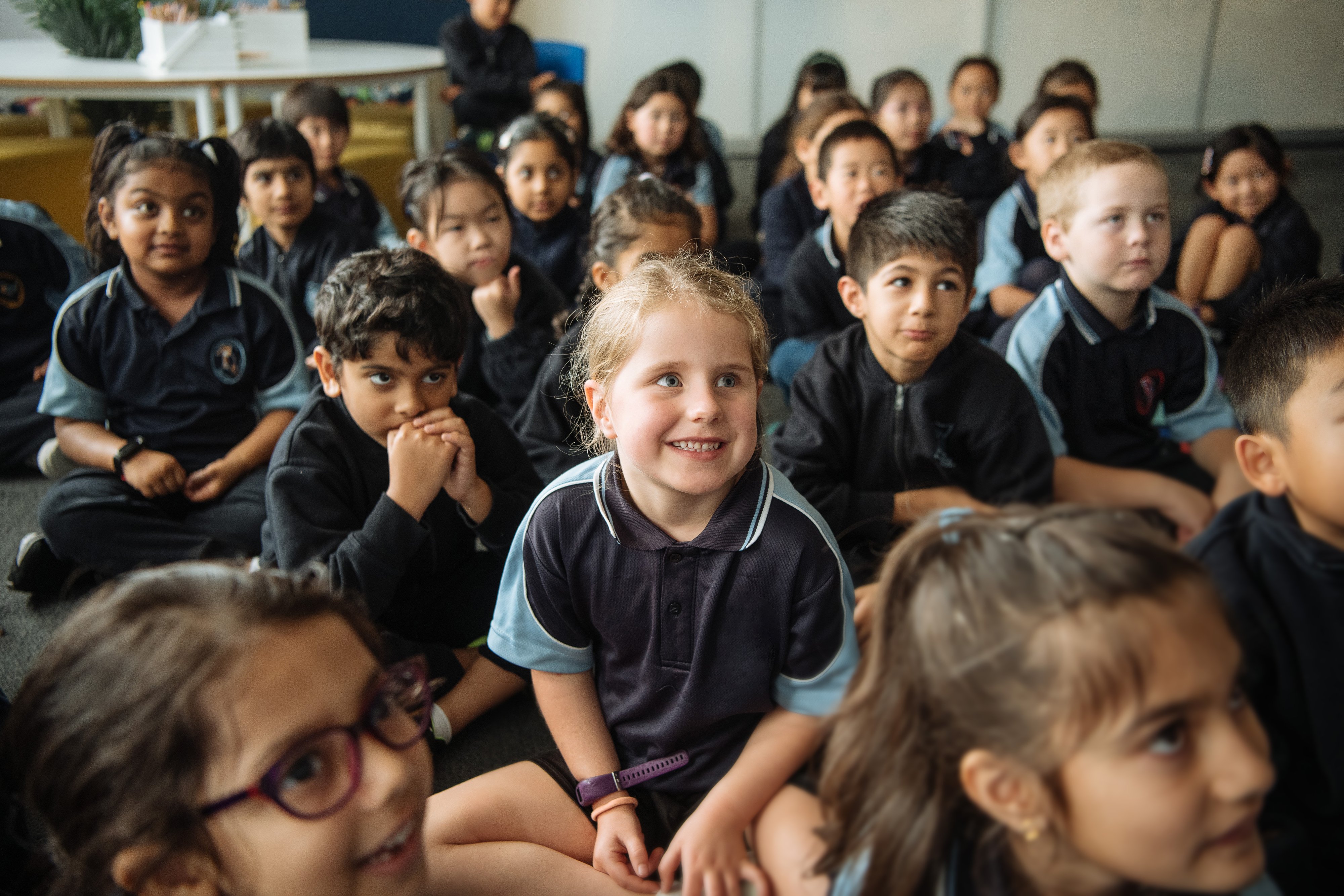Practical tips to support children’s mental wellbeing and build better screen habits—without the daily battles.
If screen time feels like a daily tug-of-war in your house, you’re not alone. According to the Royal Children’s Hospital National Child Health Poll, over 90% of Australian parents report that excessive screen time is a top concern for their children. From schoolwork and streaming to video calls with relatives, screens are everywhere for kids and adults alike. But with more and more concerns about screen time and mental health—especially for teens on social media—it’s natural for parents of younger kids to wonder: How do we get this right from the start?
The good news? You don’t need to ban screens or turn into a digital detective. What you can do is build balanced, mindful screen habits early and teach kids to use digital tools in ways that support—and even build—their mental fitness and overall wellbeing.
Why screen time matters for kids’ mental and emotional health
While primary school-aged kids may not have their own digital devices, screens are everywhere in their lives. Whether it’s occasional gaming, videos on a parent’s phone or digital tools used in the classroom, screens aren’t just entertainment—they’re a powerful influence.
Kids also regularly observe how the adults around them use their devices—noticing as they post and scroll on social media, disengage while checking messages—shaping their relationship with technology.
And it doesn’t help that so much of the tech we all use is designed to keep us hooked. The billion-dollar tech industry uses intentionally persuasive design—features like autoplay and reward loops—to capture attention and keep us coming back. If it feels like screen time is getting increasingly hard to manage, you’re not imagining it. As parents and role models, we can take back control by helping kids develop the skills to use screens in ways that support their wellbeing—instead of working against it.
In these early years, children are developing important skills for mental and emotional wellbeing: learning how to stay focused, manage their emotions, build empathy, and form friendships. Screen time can play a supportive role, or at times make it harder to build these fundamental skills.
When it comes to screens, it’s not necessarily just about the “what”, “if” and “how much”, but their resilience in navigating the emotions that may arise. When screen time is unbalanced, what may start as fun can quickly turn into overwhelm, distraction, or feeling disconnected. With the right guidance, consistency and support, we can turn screen time into an opportunity to empower kids to make healthy choices in a digital world.
Not all screen time is the same
Supporting tech-savvy, mentally fit kids starts with recognising that not all screen time is equal—and understanding the differences can help prepare kids to engage healthily and safely with the world around them without banning screens altogether. When we understand how different types of screen use affects our kids—and the emotions they can trigger—we’re better equipped to set boundaries that support wellbeing, growth, and connection.
Passive Screen Time
Passive screen time is when we’re watching rather than doing—like streaming videos, scrolling feeds, or watching a movie. While a bit of down-time is healthy, too much passive screen time can leave kids feeling emotionally drained and disconnected—making it harder to self-regulate or cope with everyday frustrations.
Tip: Use trusted resources like Common Sense Media to find age-appropriate, quality content—and chat with your child about what they’re watching and how it makes them feel.
Active Screen Time
Active screen time includes digital activities that get us thinking, creating, or engaging—including learning apps, interactive and collaborative games, creative tools for drawing or coding, and video chatting with family and friends. When used in balance, many forms of active screen time can support learning and connection—crucial building blocks of mental fitness and resilience.
Tip: After active screen time, kids may feel proud and eager to share what they’ve learned—when they do, celebrate it! These can be signs they’re building important cognitive and emotional skills.
How Much Screen Time is Healthy?
If you’ve ever found yourself searching “how many hours of screen time is too much?”—you’re likely asking a question almost every modern parent has.
Every family situation is unique, but general guidelines suggest pre-school kids (2-5) can have up to 1 hour of screen time per day—ideally limiting to high-quality content with a caregiver watching alongside. For primary school aged kids (5-12), experts say that around 1–2 hours per day for entertainment use is OK, not including homework or learning-based screen time.
But the reality is, research suggests that only 15% of Australian primary school aged children meet these recommended limits. With screens so embedded in daily life, it’s no wonder many parents feel overwhelmed trying to keep up.
When it comes to parents navigating the daily school and work week routines, activities, homework and bedtime battles, it can feel increasingly easier to attempt to ban screen time altogether. Instead of going all-or-nothing, we can aim for balance—making sure screens don’t replace sleep, movement, play or connection.
For families today, it’s a constant juggle. Finding balance can be the real win. The aim isn’t perfection, but progress.
Tip: Think of screen time like a diet: some options can be nutritious and energising, others are more like treats, or “sometimes foods”. It’s okay to have a mix—but too much of the “junk” can start to impact mood, focus and wellbeing.
Simple strategies to create a healthier digital routine at home
- Talk about what’s okay, and why
Help your child understand the different types of screen time, and what types of content align with your family’s values. Discuss how limits support their mental wellbeing so boundaries feel clear and easier to stick to. - Create a plan together
Curate a list of approved screen activities with your family—breaking down active and passive activities—including when they may be suitable, and for how long. - Connect with your parenting village
Sharing approaches can help create consistency across peer groups—and remind us we’re not doing it alone. - Create tech-free zones
Bedrooms, mealtimes, short term car trips and family outings can be great places to start. - Be a co-viewer
When you can, watch with your child. It’s a great way to stay connected, understand what they’re seeing, and sometimes spark chats. - Balance screen and green time
Screens can be a lifesaver, but kids also need time to move, play and get bored—that’s where creativity kicks in! Stay balanced with simple, low-effort activity ideas like drawing, a mindful walk, or a quick dance party.
Signs your child might be getting too much screen time
Noticing a few key signs can help us adjust habits when we need to. Here are some things to watch for.
- Increased meltdowns, irritability, or mood swings after screen use
- Trouble sleeping or changes in appetite - possibly saying they’re not hungry or not wanting to eat because they don’t want to get off their screen
- Avoiding offline activities they used to enjoy
- Physical symptoms like headaches, sore eyes or low energy
- Becoming easily frustrated or withdrawn
It might look like:
- Your child becomes irritable or snappy when you ask them to stop or take a break.
- They seem disconnected after screen time—struggling to switch gears into play, conversation or other activities.
- You notice they’re not retaining information from what they’ve watched (“What was that show about?” “I don’t remember.”).
- They get bored more easily when not on a screen and struggle to entertain themselves.
- Their eyes look glazed over, and they seem more tired or low in energy after long stretches.
What to do when screen time becomes a battle
First, take a breath—remember this is a common struggle! Screen time often becomes a flashpoint because it’s tied to control and emotion.
- Stay calm and consistent. Remember that boundaries are good—even though they may be met with resistance.
- Acknowledge their feelings. “I know it’s hard to stop when you’re having fun.”
- Offer a transition. “Two more minutes, then let’s catch up, pick a book to read or play a game together.”
- Try to remember, you’re not just managing screen time; you’re teaching self-regulation, which is an essential life skill.
Turn screen time into mental fitness skill-building time
The Smiling Mind App helps kids build mental fitness skills like flexible thinking, emotional awareness, mindful movement, (and much more!) with engaging activities they can enjoy on their own or with you.
Designed especially for families with kids aged 5–12, the Be a Resilient Kid and Parenting for Resilience collections offer practical, engaging ways to support your child’s wellbeing to build healthy habits together.
Explore the free Smiling Mind App—your family’s daily mental fitness toolkit to create the habits to thrive.
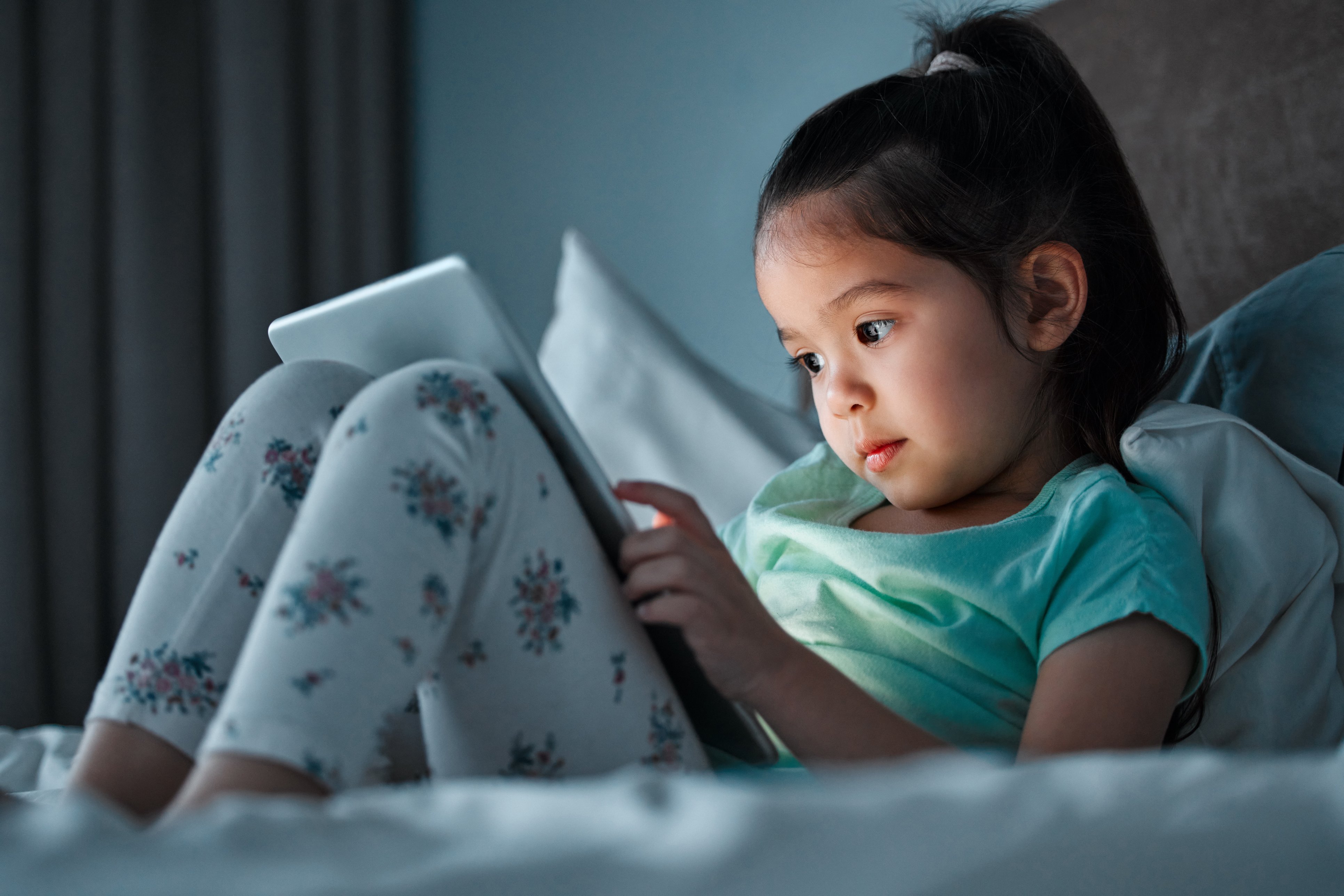




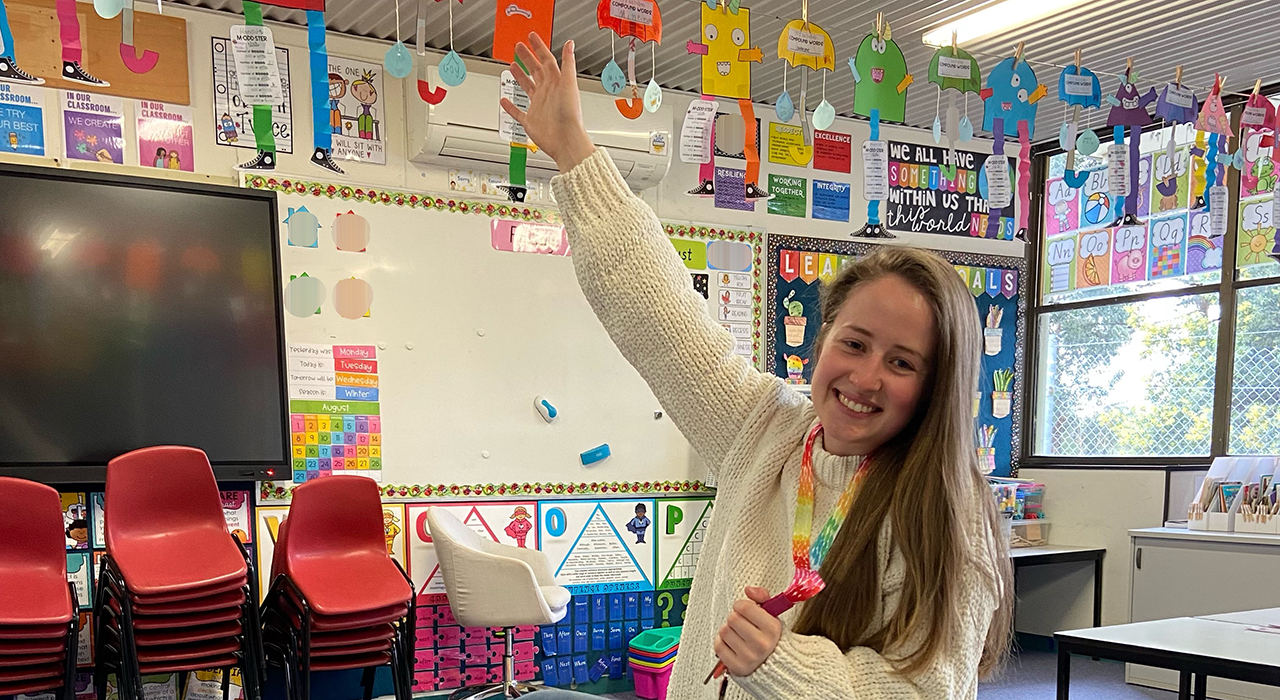





.jpg)

